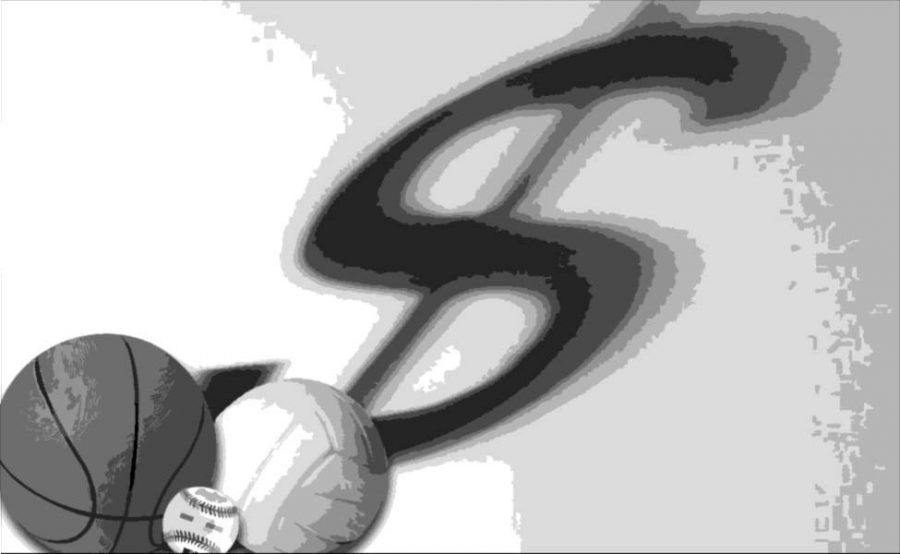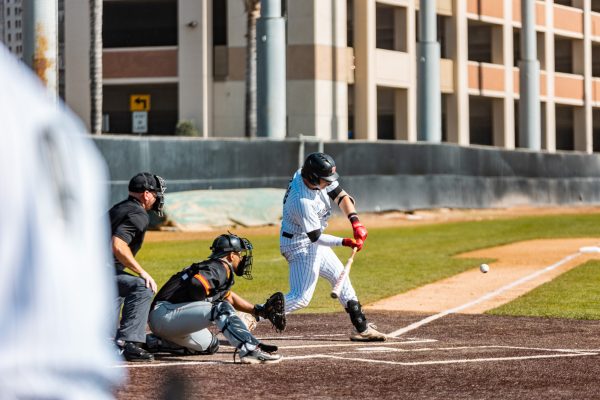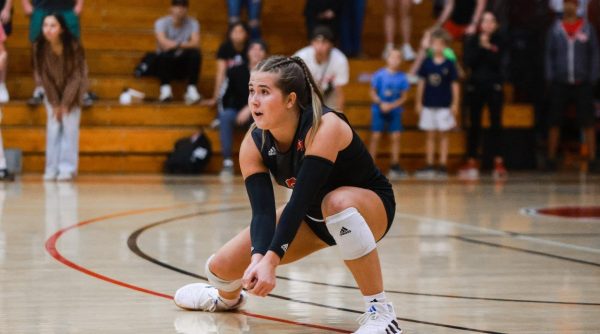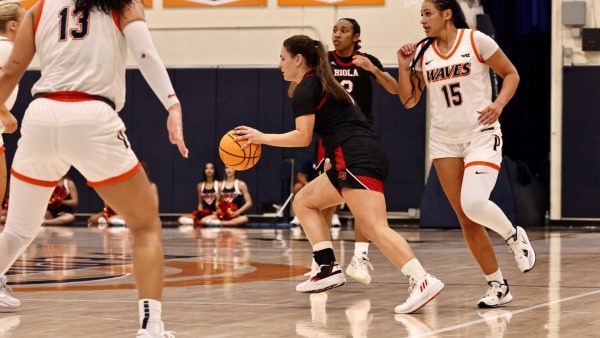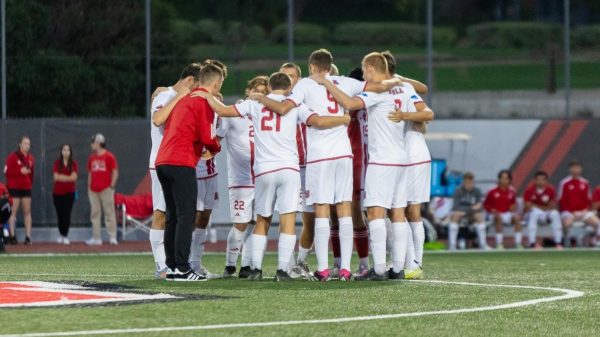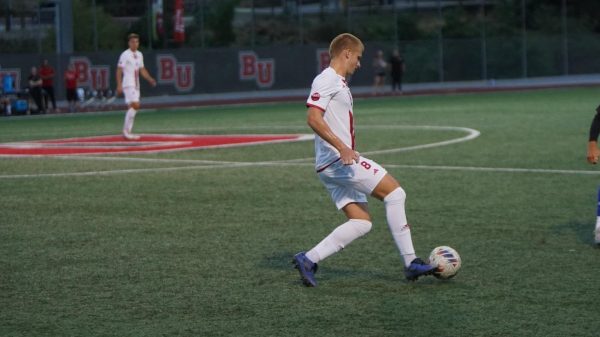The method behind athletic scholarship madness
NAIA scholarships are offered on different grounds than NCAA scholarships
Lindsey Besthorn//CHIMES (file)
Biola’s athletics program makes plans during rocky financial season.
November 16, 2007
It’s safe to say most high school athletes would jump at the chance to play college sports on a scholarship. But few athletes are aware of the scholarship differences between the three major athletic associations: the National College Athletic Association (NCAA), the National Association of Intercollegiate Athletics (NAIA) and the National Junior College Athletic Association (the NJCAA).
The athletic scholarships differ as much as the sports themselves. Some student athletes receive full or partial athletic scholarships, while others are granted financial aid assistance.
At the NAIA level, on-field compensation, unlike Division I or II programs, does not necessarily determine the playing time athletes receive. Biola University, which is a member of the Golden State Athletic Conference (GSAC) within the NAIA, follows different scholarships guidelines and can choose where to disperse its money.
“Some programs receive more scholarship money than other programs,” said Ken Crawford, head women’s basketball coach and associate athletic director. “That discrepancy can be due to the number of student athletes needed for a team, the recognition the program has, and the need to maintain gender equity between sports. In addition, the sports are allowed to go and fund raise money that can be used for scholarships.”
Junior Meghan Warkentin, a volleyball transfer from Division I Pepperdine University, explained that the distribution of Division I athletic awards is “talent-based.” Schools invest in full ride scholarships are invested in athletes they believe will take significant roles on the team. This is not the same standard at Biola.
“Scholarships are handed out much more need-based than talent-based,” Warkentin said. “And thus, most girls on the team have no idea how much anyone else on the team is receiving. The budget is really tight, so a lot of girls are playing for next to nothing. For the most part, then, playing time is given to the best athlete.”
For the standard of NAIA head coaches, they want the best athletes playing, unlike a Division I league where athletes with full scholarships receive the majority of playing time.
Biola’s head baseball coach, John Verhoeven, explained it wouldn’t matter if an athlete received zero money or $10,000 — it’s about getting the job done.
“It’s different here because our scholarships are smaller, and we’re going to put the best eight position players out there.”
Verhoeven compared the process of recruiting athletes to a guessing game. He explained that sometimes you think an athlete has an excellent curve ball or has the potential to be a strong power hitter — but sometimes those guesses can be wrong.
“They’ll throw money at kids just because they see raw talent,” sophomore catcher Daniel Bodemer described. He further explained that “raw talent” baseball players generally receive several hundred dollars to around $5,000, of the 28 scholarships for the current 41-man pre-season roster.
The NAIA imposes a limit on the amount of scholarships given inside a sport; for schools with smaller athletic budgets, money is dispensed to potential leaders throughout the whole team. In basketball, the NAIA enforces a limit of 12 full basketball scholarships. According to Coach Crawford, the teams only provide an amount of money in their basketball program that once distributed, would equal seven tuition grants.
Biola, like many other smaller division schools, uses athletic awards as incentive to bring student athletes into their program. While scholarship awards don’t determine the amount of playing time received, it is about putting a productive team together. As for Biola, coaches recruit players not only based on performance, but to represent the University in their academics, attitude and the Christian character they bring to the team.


